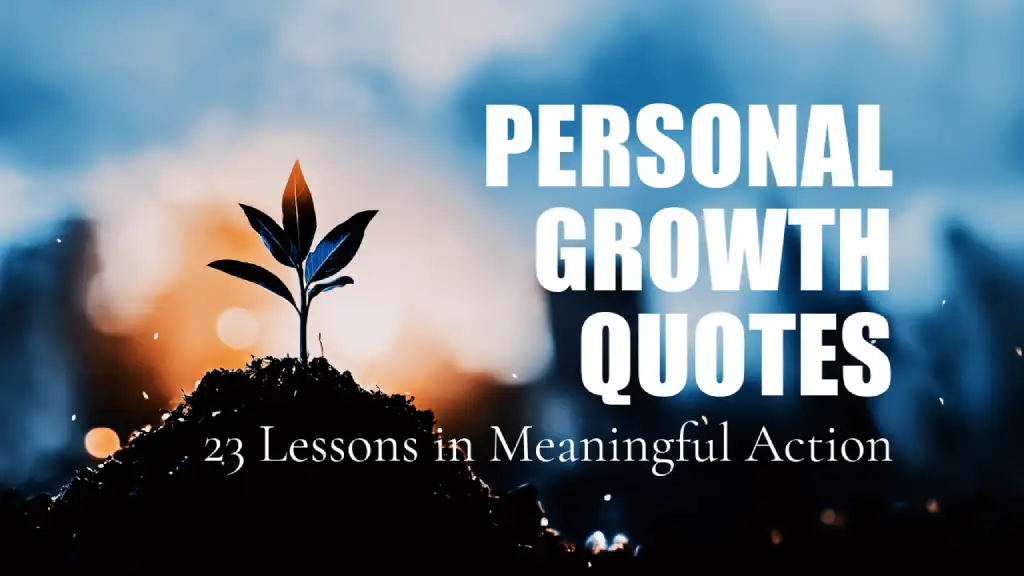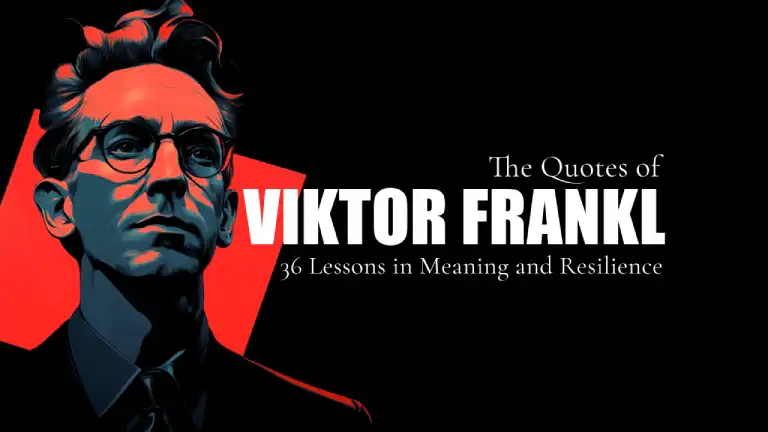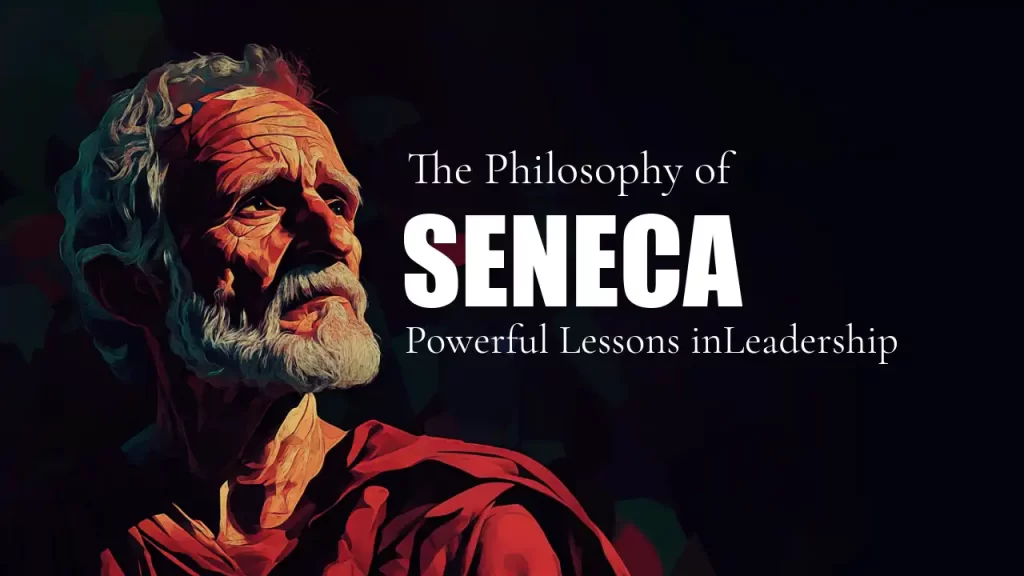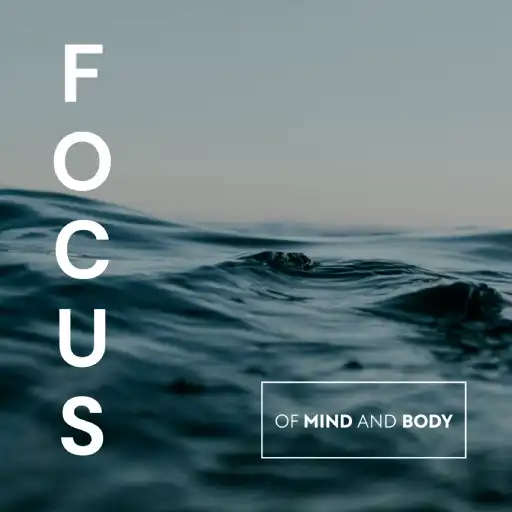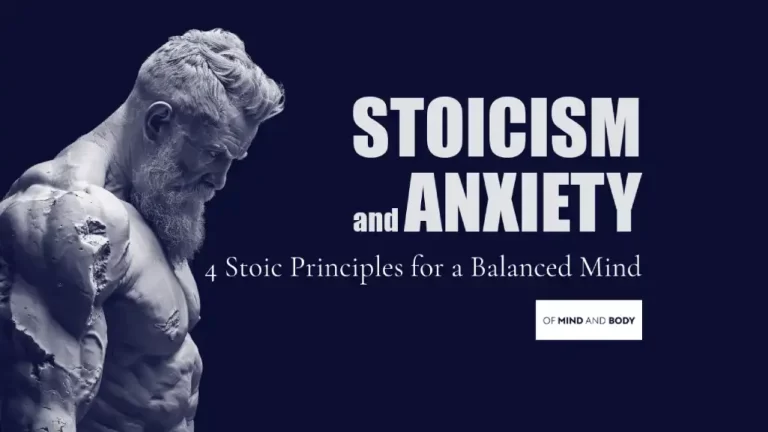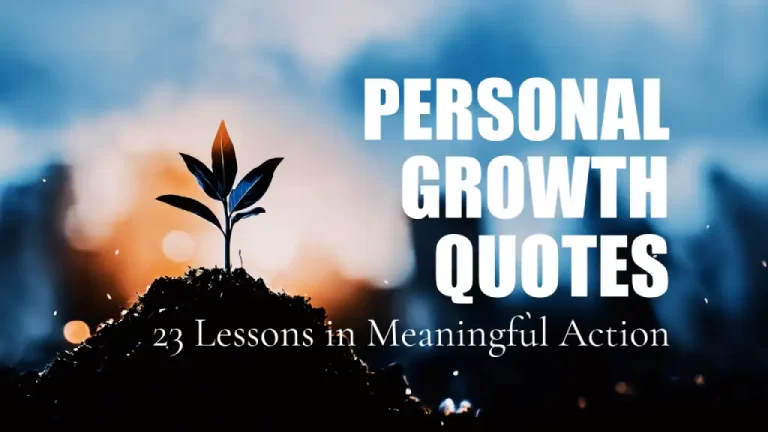Introduction
The Illusion of Material Happiness: Why It’s Not What You Think

We live in a world that often conflates materialism and happiness. From the sleek lines of a luxury car to the high-definition screen of the latest smartphone, the message is clear: owning more equals being happier. But this equation is far from straightforward, and it’s essential to consider both the positive and negative effects of materialism.
The allure of material goods is potent, fuelled by a culture that places a premium on ownership and acquisition. These are some of the causes of materialism that have become deeply ingrained in our society. Yet, the happiness derived from these items is often transient, a fleeting high that diminishes with time.
This is where the concept of hedonic adaptation comes into play, a psychological phenomenon that significantly influences our perception of happiness over time. Simply put, the joy we initially experience from acquiring something new tends to wane, leaving us in a perpetual cycle of wanting more. So, while material goods may offer a quick boost of pleasure, they rarely contribute to sustained happiness.
Setting the Stage: Does Materialism Make You Happy?

In today’s society, material possessions serve as more than just functional items; they have become ubiquitous markers of success and social standing. A designer handbag or a high-end watch isn’t just an object; it’s a symbol of status, an emblem of achievement. These items have been imbued with meaning far beyond their utilitarian purpose. But herein lies the paradox: while these possessions may elevate our social standing, they often fail to elevate our long-term happiness. The initial excitement of acquisition soon gives way to a new norm, and the cycle of desire resets, leaving us yearning for the next big purchase. This phenomenon, known as hedonic adaptation, ensures that the joy derived from material possessions is often ephemeral. As we’ll explore in this article, these symbols of success might actually be leading us down a path of fleeting joy and long-term dissatisfaction.
How Does Materialism Affect Happiness?

The Lure of the Latest and Greatest: Why We’re Drawn to Material Goods
The magnetic pull of the latest gadget or fashion trend is a phenomenon most of us have experienced. It’s not just about the object itself; it’s about the promise it holds—the prospect of a better, more exciting, or more efficient life. This allure taps into our psychological framework, exploiting our innate desire for novelty and improvement. In essence, we’re not just buying an item; we’re buying a narrative, a story where we’re the enhanced, upgraded protagonists. This is the crux of materialism’s allure: the tantalising idea that acquisition equals advancement.
The Quick Fix: How Materialism Offers Temporary Satisfaction
Ah, the euphoria of a new purchase—a rush that’s almost palpable. The moment you swipe that card or click that “buy now” button, dopamine floods your system. You feel invigorated, satisfied, even happy. This is the “quick fix” that materialism offers, a fleeting sense of accomplishment and joy. It’s akin to a sugar rush, intense but short-lived.
The concept of “retail therapy” encapsulates this perfectly. Feeling down? Buy something. Stressed? Another purchase won’t hurt. It’s a cycle that offers immediate gratification but lacks any lasting fulfilment. The dopamine hit wanes, the novelty wears off, and what are you left with? A growing pile of stuff and a gnawing sense of emptiness. You find yourself back at square one, yearning for another quick fix, another purchase to reignite that fleeting sense of happiness. It’s a Sisyphean loop of desire and disappointment, a treadmill that keeps you moving but gets you nowhere.
This cycle is not just detrimental to our emotional well-being; it’s a quagmire that entangles us in perpetual dissatisfaction. The quick fixes of materialism are just that—quick and fixed, offering no sustainable path to genuine happiness.
So far we’ve delved into the psychological underpinnings of our attraction to material goods and the transient nature of the satisfaction they offer. As we’ll explore further, breaking free from this materialism trap requires a fundamental shift in perspective, one that places lasting happiness above fleeting pleasure.
Materialism And Happiness In Psychology

The Dopamine Hit: Understanding the Science Behind Material Cravings
Dopamine, often referred to as the “feel-good” neurotransmitter, is intricately linked to our sense of pleasure and reward. When you make a new purchase, say a sleek smartphone or a stylish pair of shoes, your brain releases a surge of dopamine. This biochemical reaction triggers a feeling of euphoria, making you believe, even if momentarily, that you’ve attained a slice of happiness.
However, this is where the concept of hedonic adaptation, discussed in our previous article, becomes particularly relevant. The brain is a master adapter. Over time, as you continue to use that new smartphone or wear those shoes, the dopamine spikes become less frequent and less intense. This phenomenon is known as “neurochemical desensitisation.” Your brain essentially gets used to the new normal, and the initial joy wanes. You’re then left with a yearning for the next dopamine hit, propelling you into a never-ending cycle of material craving.
Social Conditioning: How Society Fuels Our Material Desires
The role of society in shaping our materialistic tendencies cannot be overstated. From a young age, we are exposed to a barrage of messages that equate material success with personal happiness and social worth. These messages come at us from multiple angles—television commercials showcasing idyllic lifestyles, social media influencers flaunting their latest acquisitions, and even peer pressure nudging us toward materialistic goals.
This constant exposure to materialistic imagery creates a form of social conditioning, a psychological imprinting, if you will. It reinforces the pernicious belief that acquiring material possessions is the pathway to happiness and social acceptance. This conditioning is so pervasive that it often bypasses our rational thinking, operating on a subconscious level. It’s like a software program running in the background, directing our actions without us even realising it.
Moreover, this societal push towards materialism often leads to a phenomenon known as “relative deprivation.” Even if we are content with what we have, seeing others possess more creates a sense of inadequacy. This feeling further fuels the cycle of material craving, making it a deeply entrenched aspect of modern life.
By understanding the psychological underpinnings of our material desires, we can begin to disentangle ourselves from the web of materialism. It’s not an easy journey, but awareness is the first step toward lasting change and true happiness.
Material Possessions and Hedonic Adaptation

The Cycle of Want: How Hedonic Adaptation Makes Us Crave More
If you’ve ever found yourself eagerly awaiting the arrival of a new gadget, only to find that the excitement wanes after just a few days of use, you’ve experienced hedonic adaptation in action. As discussed in our comprehensive piece on the subject, hedonic adaptation is a psychological phenomenon where the joy derived from new experiences or acquisitions diminishes over time. This is not a flaw in your character or a sign of ingratitude; it’s a natural, neurological process. Your brain is essentially saying, “Okay, what’s next?” This leads to a cycle of perpetual wanting, a treadmill of acquisition where the finish line of “enough” keeps moving further away. The irony? The more we get, the more we want, but the less satisfaction we derive from each new item or experience.
The Disadvantages Of Being Materialistic
Imagine a graph where the x-axis represents the number of material possessions you acquire, and the y-axis represents your level of happiness. At first, the line might rise steeply as each new acquisition brings a significant boost to your happiness. But soon, the line starts to flatten. This is the principle of diminishing returns at play, a concept that, while rooted in economics, has profound implications for our emotional well-being.
Each new purchase adds less and less to our overall happiness. You might have felt ecstatic when you bought your first smartphone, but by the time you’re on your fifth, the thrill has substantially lessened. It’s not that the smartphone has lost its utility or charm; it’s that your emotional response to it has changed. You’ve adapted. This creates a paradox: even as our lives become filled with more material abundance than ever before, we find ourselves in a state of emotional scarcity. We have more, but we feel less.
This phenomenon isn’t just an interesting psychological quirk; it’s a call to action. Recognizing the diminishing emotional returns of material possessions can be the first step in seeking more sustainable sources of happiness, ones that are less susceptible to the relentless cycle of want and adaptation.
Why Materialism Is Not Happiness
The Stress of Keeping Up: Financial and Emotional Strains
The pursuit of material goods often comes at a steep price, both financially and emotionally. The stress of keeping up with societal expectations can lead to a plethora of negative emotions, from anxiety to envy. This is the paradox of materialism: while material goods are often flaunted as symbols of success, abundance, and security, the reality can be starkly different.
The irony is palpable. Society encourages us to acquire these status symbols, often providing avenues like credit and loans to facilitate such acquisitions. Yet, these very mechanisms can trap us in a cycle of debt, making us feel anything but secure and stable. It’s a double-edged sword: we acquire material goods to project an image of success, but the financial strain of maintaining this facade can lead to emotional turmoil. In essence, we end up with the worst of both worlds—an empty symbol that masks our underlying insecurities and instabilities.
The Void Within: How Materialism Fails to Fill Emotional Gaps
Material possessions can certainly decorate your life, adding a veneer of sophistication or comfort. However, they are fundamentally incapable of filling emotional or existential voids. These objects offer a surface-level solution to deeper, more complex emotional needs, leaving us in a perpetual state of longing.
Consider this: a luxurious car might offer a sense of pride and accomplishment when you first acquire it. But can it offer companionship? Can it listen to your worries or share in your joys? The answer is a resounding no. Material objects, no matter how luxurious or coveted, lack the emotional bandwidth to offer genuine comfort or solace. They are inanimate, devoid of the ability to connect on a deeper emotional level. Therefore, while they may serve as temporary distractions or short-term mood boosters, they fail to offer the emotional nourishment that comes from genuine human interaction or personal growth.
In summary, materialism offers a tantalising illusion of happiness but often fails to deliver on its promise. The emotional cost—financial stress and unfulfilled emotional needs—underscores the need for a more holistic approach to happiness, one that goes beyond the material to explore deeper sources of joy and contentment.
Materialism in Different Life Stages
Materialism in Youth: How Might Materialism Impact a Child’s Happiness?
In the formative years, materialism often serves as a social currency. The latest gadgets, trendy clothes, and other popular items become badges of identity, offering a sense of belonging in peer groups. This is especially true in the age of social media, where material possessions are flaunted as indicators of success and happiness. However, this approach can be precarious. Relying on material goods for self-worth can lead to a fragile sense of identity, one that’s easily shaken when the next big thing comes along. Moreover, this sets a potentially hazardous precedent for future interactions with materialism and happiness, as it instils the belief that external possessions are the key to internal fulfilment.
Midlife Crisis: Materialism in Adulthood
The midlife crisis—a phase often caricatured by extravagant purchases like sports cars or indulgent vacations. But what drives this sudden splurge? Often, it’s an attempt to recapture lost youth or to fill a void left by unmet life expectations. Materialism, in this stage, becomes a coping mechanism for existential dilemmas or unfulfilled aspirations. Yet, these material acquisitions offer only ephemeral relief and can exacerbate underlying issues. They can’t resolve existential quandaries or replace the genuine joy derived from meaningful relationships, career satisfaction, or personal growth. In essence, materialism serves as a veneer, masking deeper issues that require introspection and emotional investment.
The Golden Years: Materialism in Old Age
As the years roll on, materialism often takes a back seat to more enduring sources of happiness. The focus shifts from accumulating possessions to accumulating experiences and nurturing relationships. Many find that the joy derived from spending quality time with loved ones or achieving a long-held aspiration far outweighs the fleeting pleasure of material acquisitions. This transition is not just a matter of changing preferences; it’s often a realisation borne out of life’s wisdom. It underscores the transient nature of materialistic desires and highlights the importance of immaterial sources of happiness, such as love, friendship, and a sense of purpose. This phase serves as a poignant reminder that while material goods can offer momentary pleasure, they cannot provide the lasting happiness that comes from a life well-lived.
In each life stage, materialism takes on different forms and serves various functions, from a quest for social acceptance in youth to a coping mechanism in adulthood, and finally, to a lesser priority in old age. Understanding this evolution can offer valuable insights into our complex relationship with materialism and happiness, allowing us to make more informed choices as we navigate the intricate landscape of human emotion and desire.
Alternatives to Materialism

Experiential Joy: The Lasting Happiness from Experiences
The allure of experiential joy is not just anecdotal; it’s backed by a plethora of psychological studies. When you invest in experiences, you’re not just spending money; you’re buying memories, broadening your horizons, and often, learning something new about yourself or the world around you.
Take, for instance, a trip abroad. The joy begins from the moment you start planning – choosing a destination, mapping out places to visit, and the sheer anticipation of adventure. Then comes the trip itself, filled with new sights, sounds, and cultures. And long after you’ve returned, the memories remain, often becoming stories that you’ll cherish for a lifetime.
But it’s not just about grand experiences like international travel. Even a simple picnic in the park or a movie night with loved ones can offer a form of happiness that’s more enduring and emotionally enriching than buying a new gadget or piece of clothing. These experiences connect us to others and to our own emotions, offering a form of joy that’s multi-layered and long-lasting.
The Power of Relationships: Why People Matter More Than Things
If experiences are the currency of a fulfilling life, relationships are the treasure troves where this currency gains its highest value. It’s in the laughter shared with a close friend, the support received in times of need, or even the simple joy of a hug at the end of a long day—these are the moments that offer a deep, enduring form of happiness.
Relationships, whether with family, friends, or romantic partners, provide a sense of belonging and emotional security that material possessions simply cannot offer. They are the pillars that support us when we’re down and the cheerleaders who celebrate our victories, however small they may be.
Moreover, relationships enrich our lives by offering different perspectives, challenging our views, and encouraging personal growth. They provide a mirror to our souls, helping us understand our strengths and weaknesses, and guiding us toward becoming better versions of ourselves.
In a world that often places a premium on material success, it’s easy to overlook the simple, yet profound, joy that comes from genuine human connections. But as we navigate the complexities of life, it becomes increasingly clear that it’s not the things we accumulate, but the relationships we nurture, that offer the most significant and lasting happiness.
In summary, while material possessions may offer a quick fix of joy, it’s experiences and relationships that provide the emotional richness and depth that lead to a more fulfilling, happier life.
Mindfulness as an Antidote

Living in the Moment: How Mindfulness Counters Material Cravings
Mindfulness is more than a buzzword; it’s a transformative practice that encourages us to be fully present in each moment. In a world where material cravings often drive our actions, mindfulness serves as a grounding force. It allows us to pause and reflect, to appreciate the simple joys that life offers—be it the warmth of the sun on our face, the laughter of a loved one, or the taste of a home-cooked meal.
By engaging in mindfulness, we activate our parasympathetic nervous system, which helps to reduce stress and promote a sense of calm. This state of equanimity makes us less susceptible to the dopamine-driven cycle of desire and acquisition that characterises materialism. In essence, mindfulness helps us break free from the psychological underpinnings that fuel our material cravings, offering a more sustainable path to happiness.
Mindful Spending: Making Conscious Choices for Long-term Joy
Mindfulness doesn’t stop at meditation cushions or yoga mats; it extends into every facet of our lives, including our financial decisions. Mindful spending is about making intentional choices, about pausing before each purchase to ask pertinent questions: “Do I really need this?” “How will this add value to my life?” “Is this a want or a need?”
These questions serve as a mental filter, helping us differentiate between impulse buys and meaningful acquisitions. For instance, instead of splurging on the latest smartphone, you might decide to invest in a cooking class, a weekend getaway, or even a charity that resonates with your values. These mindful choices tend to offer more enduring joy, enriching our lives in a multifaceted manner.
By adopting a mindful spending approach, we not only make wiser financial decisions but also align our expenditures with our long-term goals and values. This alignment fosters a sense of fulfilment that transcends the transient pleasure derived from material possessions, leading us toward a more enriching and contented life.
Incorporating mindfulness into our daily routine and spending habits can serve as a powerful counterbalance to the materialistic tendencies that often dominate our lives. It offers a pathway to a more centred, content, and ultimately happier existence.
The Role of Gratitude

Counting Blessings: How Gratitude Shifts Focus from Material to Spiritual
Gratitude is more than just saying “thank you”; it’s a mindset, a way of looking at the world that can profoundly shift our focus. In a society where materialism often reigns supreme, practising gratitude can be a radical act. It moves us away from a mindset of scarcity—what we lack, what we wish we had, what others have that we don’t—and steers us toward a mindset of abundance. This isn’t the kind of abundance measured in dollars or possessions, but a spiritual abundance that acknowledges the richness of life in all its dimensions.
When we practise gratitude, we’re not denying that material things can bring pleasure or ease; we’re simply acknowledging that they’re not the sole components of a fulfilling life. The act of counting our blessings can be a gateway to a more spiritual understanding of happiness, one that sees the beauty in simple moments and the value in deep, emotional connections.
The Gratitude Journal: A Practical Tool for Shifting Perspectives
If you’re looking to make this shift from material to spiritual more tangible, a gratitude journal can be an invaluable tool. The concept is straightforward but the impact can be immense. Each day, take a few minutes to jot down what you’re thankful for. It could be as simple as a warm cup of coffee on a cold morning, or as significant as a loved one’s health and well-being.
This practice serves multiple purposes. First, it forces you to pause and reflect, an act that in itself can counteract the frenetic pace of consumer culture. Second, it serves as a tangible record of your life’s positives, which you can refer back to in moments of weakness or doubt. Over time, you’ll likely find that the entries in your gratitude journal have less to do with material possessions and more to do with people, experiences, and emotions. This shift is subtle but significant, nudging you toward a more holistic understanding of what happiness can mean.
By maintaining a gratitude journal, you’re not just counting your blessings; you’re also creating a feedback loop of positivity. Each entry serves as a reminder of life’s non-material blessings, helping to recalibrate your priorities and values. In a world where materialism and happiness are often erroneously equated, this simple practice can be a powerful step toward finding lasting joy in the immaterial.
The practice of gratitude doesn’t negate the role of material possessions in our lives; rather, it offers a more balanced, nuanced view of what can contribute to our overall well-being. It’s a step toward breaking free from the cycle of materialism and hedonic adaptation, guiding us toward a more fulfilling, joy-filled life.
Conclusion
The Journey Beyond Materialism: Finding Lasting Joy in the Immaterial
As we’ve delved into the complexities of materialism and happiness, one thing becomes abundantly clear: the ephemeral nature of joy derived from material possessions. The real essence of lasting happiness is not encapsulated in the things we own but in the immaterial aspects of life. These include the depth of our relationships, the richness of our experiences, and the continual journey of personal growth. These are the elements that not only enrich our lives but also provide a sense of fulfilment that material goods simply cannot offer.
Final Thoughts: The Pursuit of Joy in a Material World

Living in a society that often equates material wealth with success and happiness can make the pursuit of genuine, lasting joy seem like a labyrinthine task. However, it’s not an insurmountable one. By incorporating practices like mindfulness to stay present, gratitude to appreciate what we already have, and focusing on experiential joy and meaningful relationships, we can navigate this material world with a sense of purpose and fulfilment. It’s a journey filled with challenges and complexities, but also immense rewards. And it’s a journey that, once embarked upon, promises a more enriching and satisfying life.
The Choice is Yours
Ultimately, the choice between a life governed by materialism and one focused on deeper, more meaningful sources of happiness is yours to make. It’s a decision that will shape not just your emotional well-being but also your overall outlook on life. Choose wisely, for this choice will dictate the quality of your journey in the pursuit of true, lasting happiness.
With these concluding thoughts, we hope you’re better equipped to make informed decisions about what truly brings you joy. The path to lasting happiness is seldom straightforward, but it’s one that becomes clearer when we understand the limitations of materialism and the boundless potential of focusing on the immaterial.



